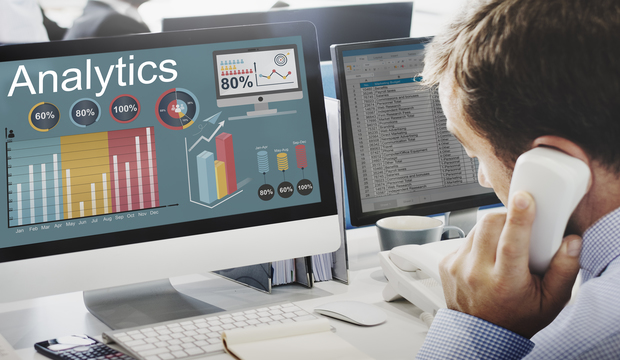Customer Analytics Series #5: Customer Analytics With Big Data
Blog: The Tibco Blog
How do you analyze big data? How can you harness every pertinent piece of big data information to better know your customers and tailor an experience for them that is relevant to their interests?
The Customer Analytics Templates for TIBCO Spotfire let us prepare transaction data for analysis, analyze customer segments, identify products likely to be bought by each customer, and create targeted offers for them. The templates come with sample data that can be embedded in a Spotfire analysis. In the real world, you may have your data stored on a big data platform. The challenge with big data is that you cannot load every single record into an analysis all at once. How, then, can you perform your analysis without making a trade-off by leaving out information that may turn out to be important?
With TIBCO Spotfire, Customer Analytics with big data is achieved through a combination of techniques and technology enablers. To analyze very large volumes of data on big data systems, Spotfire can delegate data summarization to the big data source, such as Hadoop, and load only the summarized data into Spotfire for your first analysis. For instance, you have customer transaction records stored on a big data source and you want to start by analyzing the revenue generated by each product line using Spotfire. Spotfire delegates the aggregation of revenue to the big data source and displays the aggregated results instead of attempting to bring all the transactions into the analysis. This mode of data access is referred to as “in-data source”.
Based on the analysis of the aggregated results, you may decide to narrow down your analysis to certain products or stores. The transaction records of interest are now a subset of the much bigger data set stored in the big data source. Its size may be more manageable for it to be loaded into Spotfire’s memory for analysis, allowing you to examine the data at its most granular level. Based on your selection of products or stores in the Spotfire analysis, Spotfire loads the transaction records on-demand into its’ memory from the big data source. This mode of data access is referred to as “on-demand”. With the data loaded in-memory, you may then perform such analyses in Spotfire as those set out in the customer analytics templates.
We started off this post by asking how we can harness every pertinent piece of big data information to better know our customers. A discussion on customer analytics with big data is not complete without addressing the topic of applying the analysis and machine learning techniques on big data sources themselves. Taking the example of propensity analysis, we would like to learn from what customers bought during promotional campaigns in the past to recommend products that they are likely to buy in a new marketing campaign. To a marketer, the goal of the exercise is the same, whether or not the data resides on a big data system. To a technologist, however, using big data technologies requires different efforts to deliver the systems and tools for a marketer to achieve the same goals.
To make it easier for customers to leverage big data technologies, TIBCO has released an accelerator for Apache Spark. The accelerator is an extensible solution framework involving TIBCO’s products that shows users the best practices on implementing a solution that involves big data technologies for machine learning.
It comes with an example to demonstrate how live streams of transaction data can be collected from multiple channels (e.g. website, mobile app, in-store POS terminals etc.) and stored on a big data platform. The example includes a Spotfire analysis that connects users to the big data platform to analyze customers’ purchase history, train propensity models on the big data platform to find products customers are likely to buy, create marketing campaigns using the models learned, and run the campaigns in real time. The accelerator helps users put together the systems so that marketers can fully leverage customer insights stored in big data sources without missing pertinent information.
Stay tuned for the final customer analytics series post where we’ll look at how you can make real-time offers with big data on a system built with the help of the accelerator for Apache Spark. In the meantime, read about Spotfire’s big data capabilities and check out the demo video for the accelerator to learn how it lets you perform customer analytics on big data.
This post is the fifth in the Customer Analytics Templates for TIBCO Spotfire series. Read the first four posts on knowing, segmenting, performing propensity analysis, and using affinity analysis on your customers. Ready to try? Download a free trial of TIBCO’s Spotfire analytics platform.
Leave a Comment
You must be logged in to post a comment.








